Coated fabric: It is a kind of fabric treated by special technology. It can…
Technical Textile and Natural Fiber Textile – Feature Comparison
With the development of technology, technical textiles are becoming more and more widely used, but natural fiber textiles are still receiving a great deal of attention. So, what are the characteristics of natural fiber textiles compared to technical textiles?
The competitive advantage of technical textile
If you love the outdoors, then you’ll know all about Gore-Tex and TNF outdoor items, but don’t forget about the coated laminate fabrics behind them.
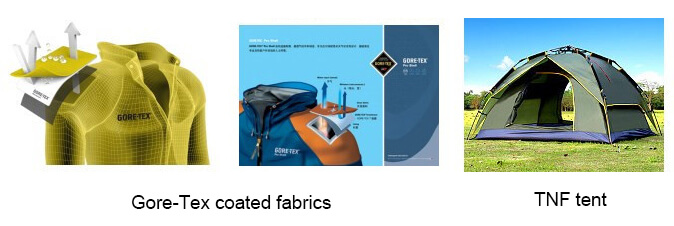
If you have been in contact with the medical field, you should be familiar with absorbent sutures and suture gauze, but don’t forget the chitosan material behind them.

If you’re a military fan, I’m sure you’re no stranger to Apache helicopters and body armour, which are made from Kevlar fiber.

If you’ve been to the Water Cube then you’ll remember its blue membrane structures well, but don’t forget the ETFE material behind them.
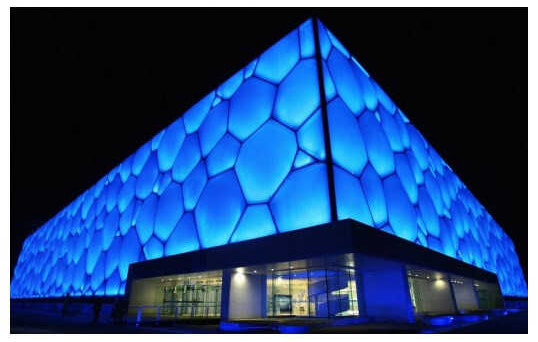
The above are some of the new technical textile materials with mature applications. It can be seen that the new technical textile materials are not far away from our lives and are always around us.
At present, there are three main areas of application for textile materials: textiles for clothing, textiles for home decoration and industrial textiles. Although new textile materials are used in all three areas, it is the third area of application that truly reflects the performance of new technical textile materials: industrial textiles.
Industrial textiles include agricultural, industrial, military, aerospace, medical, construction, transport and other aspects, although it is a relatively “young” industry, but the product technology content is relatively high, the performance is good, some performance is ordinary natural fibres can not be compared.
For example: in the automotive industry, 75% of the strength of a car tyre comes from the cord fabric in the tyre.

In the medical industry: the artificial kidney used for kidney dialysis is made of 7,000 hollow fibres, which are only two inches in diameter.
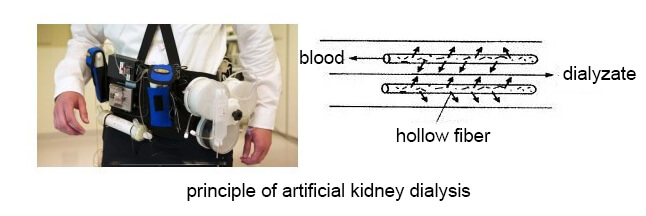
The average strength of carbon fibres used in textile structural composite parts for aerospace and municipal engineering is five times that of steel and only 1/4 the weight.
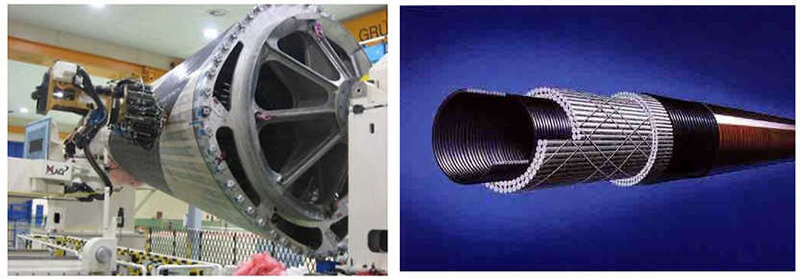
As can be seen, most of the new technical textile materials are based on synthetic fibres, which have excellent physical properties (strength, fineness, etc.) by changing their structure and surface properties, which are unmatched by natural fibres. In the future, new technical textile materials will be used in an increasing proportion in three areas, especially in the field of industrial materials
The competitive advantages of natural fiber
From the above brief introduction we can see that traditional natural fiber do not actually dominate in the field of industrial materials, but are mainly used in clothing and home textiles products. The advantages of natural fiber can be summarised in eight words: from nature, back to nature. This phrase is explained in two ways: firstly, natural fibres are collected from nature, the source is more secure than synthetic fibres, and they are easy to decompose; secondly, the different properties of natural fibres provide a lot of inspiration for new synthetic fibres.
Natural fibers are stable in origin and easy to decompose
Synthetic fibres emerged with the development of modern industry and are largely dependent on petroleum, such as the common polyester fibre, which is synthesised using the breakdown products of petroleum.
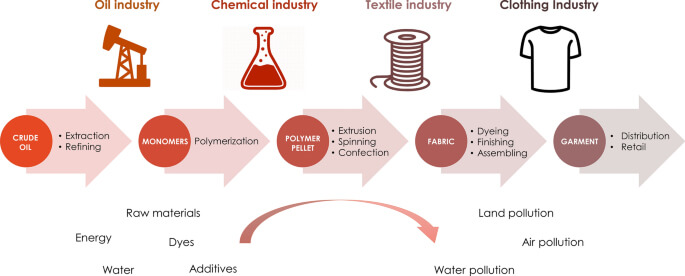
However, oil resources are finite, which means that they are depleted before they are exhausted. If suitable chemical raw materials cannot be found, then the development of synthetic fibres will be greatly restricted. Cotton, wool, silk and linen are fibres that have been used by mankind since ancient times, they are mainly derived from nature and their production is not likely to decrease in the short term.
Another advantage of natural fibres is that they are easy to decompose. Cotton, wool, silk and linen, as well as chitin fibres, are all of natural origin and have a very short decomposition cycle. Most synthetic fibres have a long decomposition cycle because of their special molecular groups. Research shows that cotton, viscose, polyester and polypropylene fibres are degradable under the same conditions: cotton > viscose > polyester > polypropylene fibres, which means that natural fibres are the direction of development for environmentally friendly sanitary products.
Synthetic fibres are mostly inspired by natural fibres
Synthetic fibres initially only replaced natural fibres in terms of basic properties such as strength, and rarely had some of the properties of natural fibres. However, as research into natural fibres intensified and the technology of fibre synthesis developed, many of the good properties of natural fibres were gradually applied to synthetic fibres.
As an example, the fundamental reason for the superb warmth of down is that it has a hollow structure. What we often call down cotton is not really cotton, but hollow polyester as a filler, which has a certain degree of warmth because of the poor thermal conductivity of the air.

We know that cotton clothing is more hygroscopic than polyester and other chemical fibre products. Research has shown that the reason for the excellent moisture absorption of natural fibres such as cotton is that it has a large number of hydrophilic groups on its surface. According to this characteristic, a large amount of hydrophilic substances are coated on the surface during the polyester spinning process, which can make the polyester fabric not only have good moisture absorption but also have some anti-static properties.
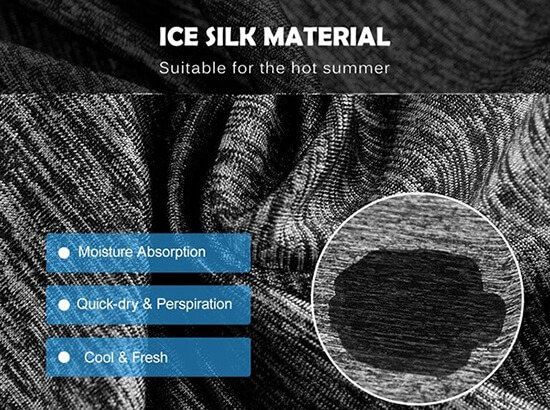
In short, natural fibres have provided a lot of ideas and inspiration for the development of technical textile. Without the very different properties of natural fibres, there would be no breakthrough in synthetic fibre technology. Natural fibres textile and technical textile each have their own advantages, and the absence of either would be a great inconvenience to life.
If you want to know more about textile properties, textile testing and other related content, you can bookmark our blog and we will keep updating.




This Post Has 0 Comments